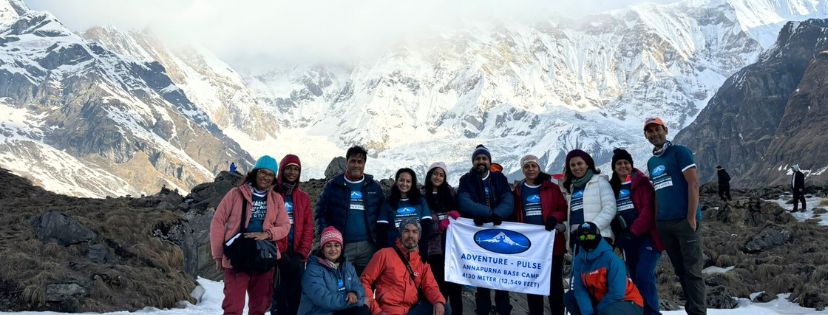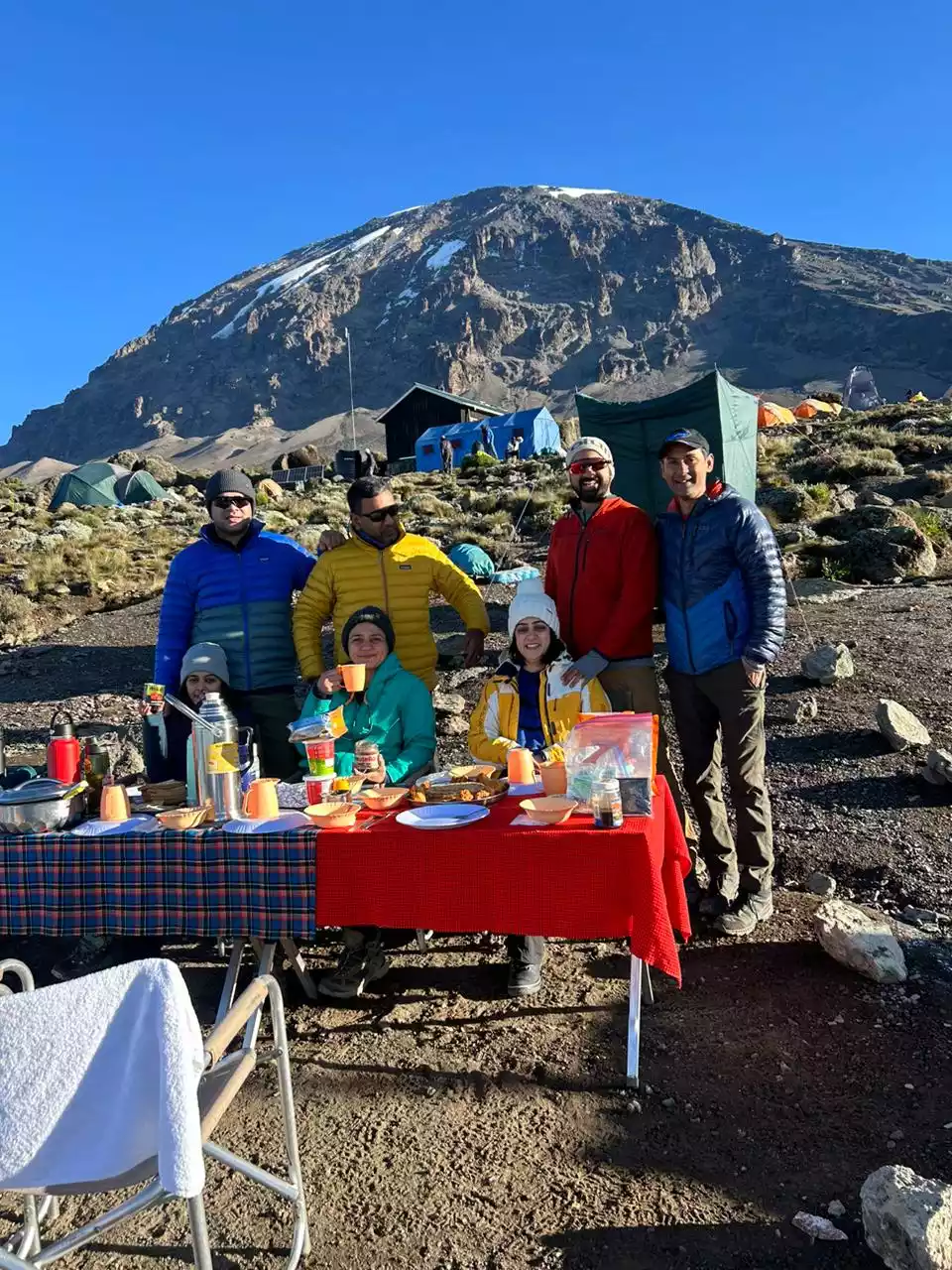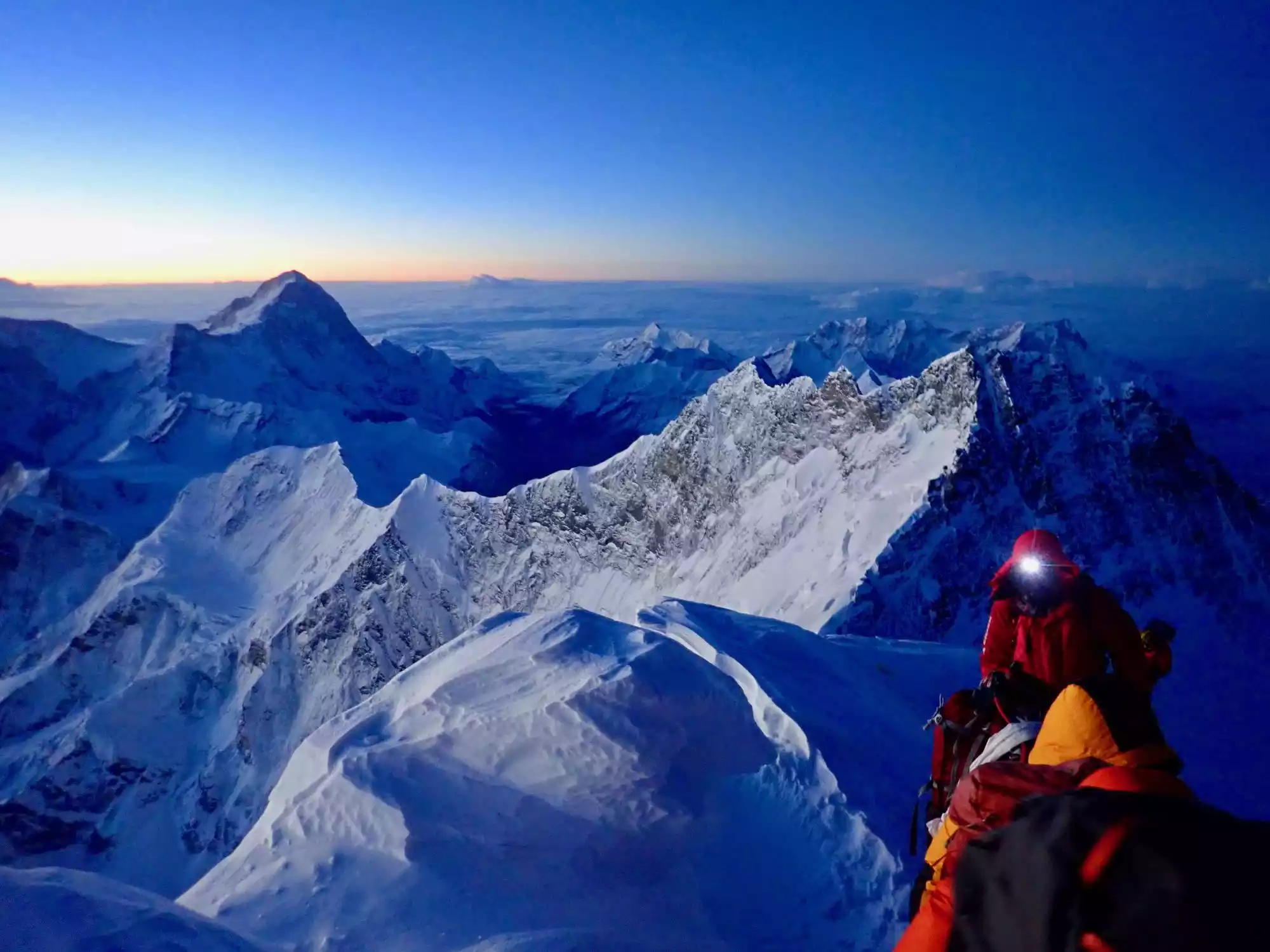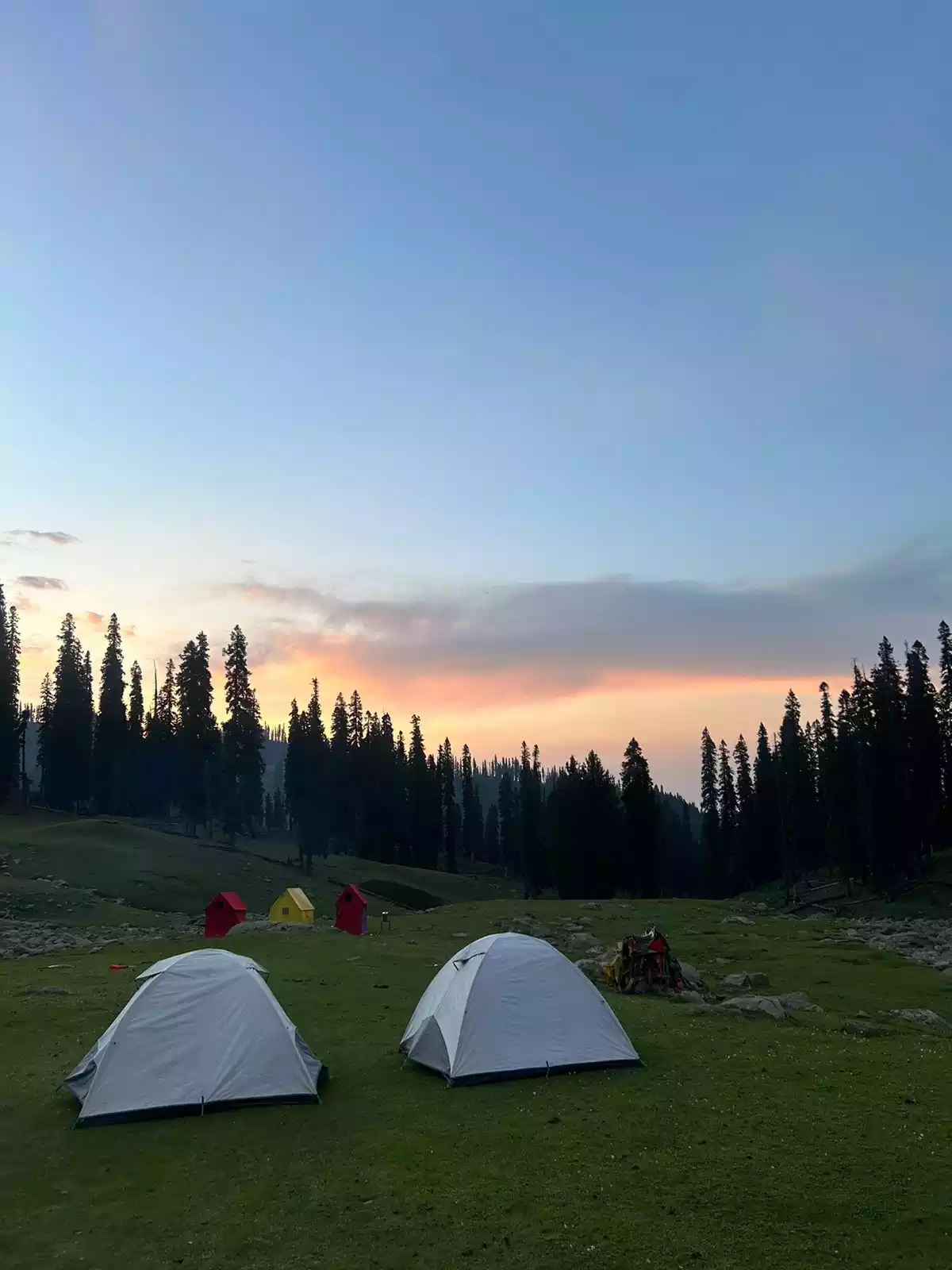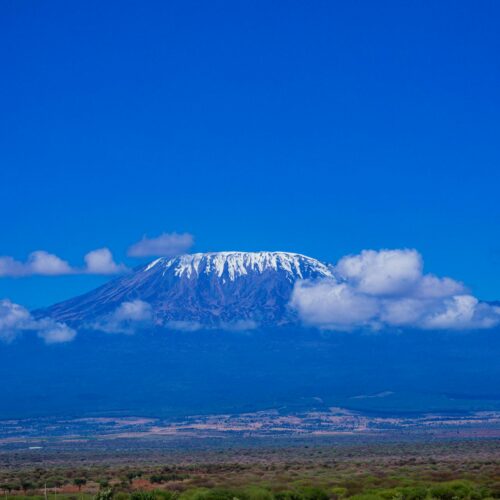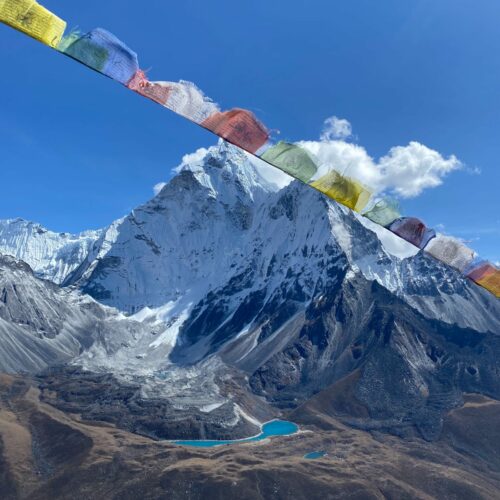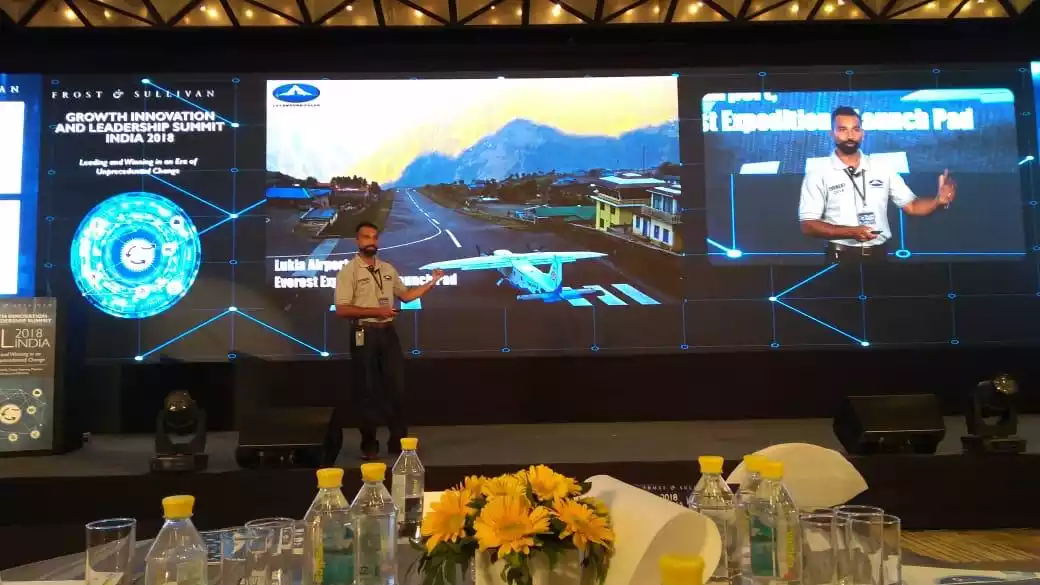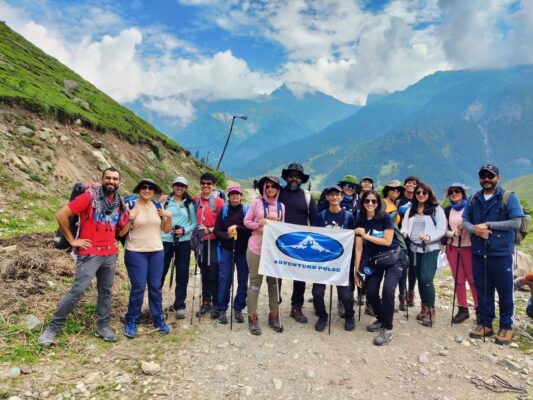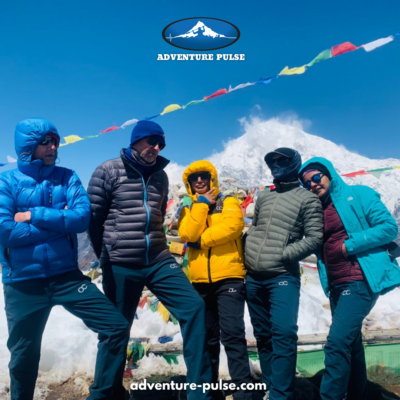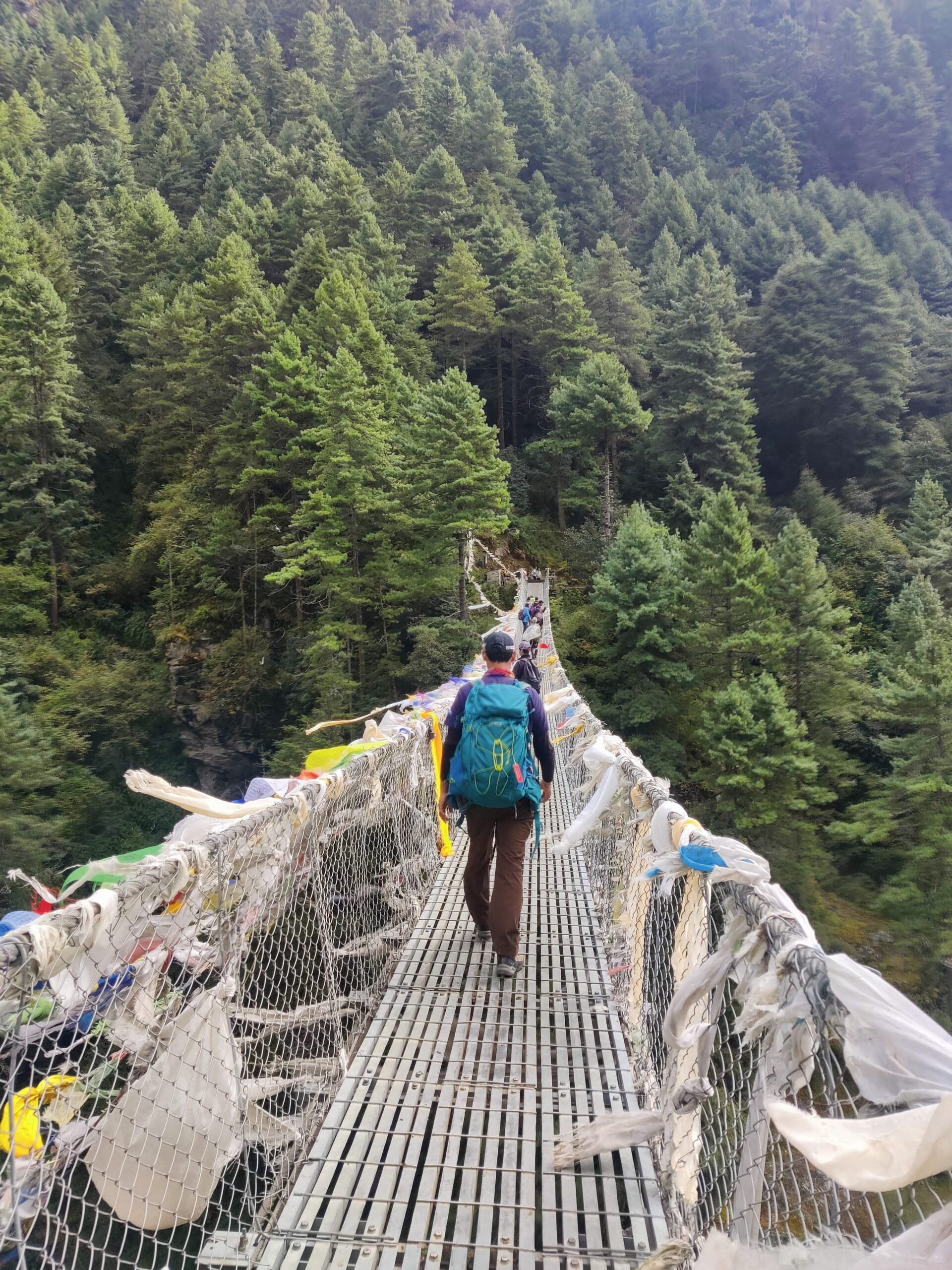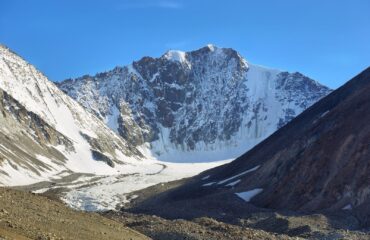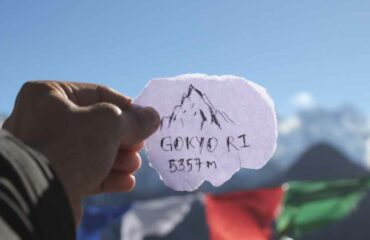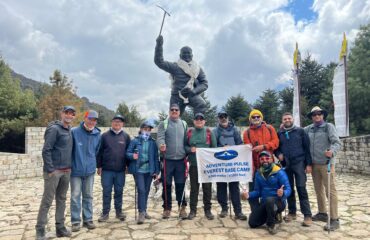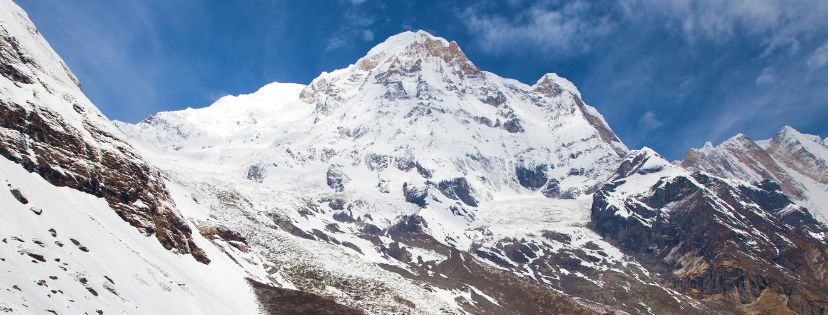
The Annapurna Circuit Trek in Nepal was one of those journeys I had dreamed of. I had heard so much about its breath-taking mountain views, and it didn’t disappoint. As I set out on the trail, I quickly realized that the Annapurna region is a living postcard. Each step offered a new panorama of snow-capped peaks and landscapes.
The trek took us into some of the wildest and most untouched parts of Nepal, and every day felt like we were exploring nature in its purest form. I’ll never forget the first time I glimpsed Mount Annapurna in the distance, its massive snow-covered peak shimmering in the morning light.
Along with Annapurna, I also got breathtaking views of Mount Dhaulagiri, Machapuchare (the “Fishtail” mountain), Gangapurna, and so many other mighty mountains. Every day on the trek, the mountains stood like spectators, always there encouraging me to move forward.
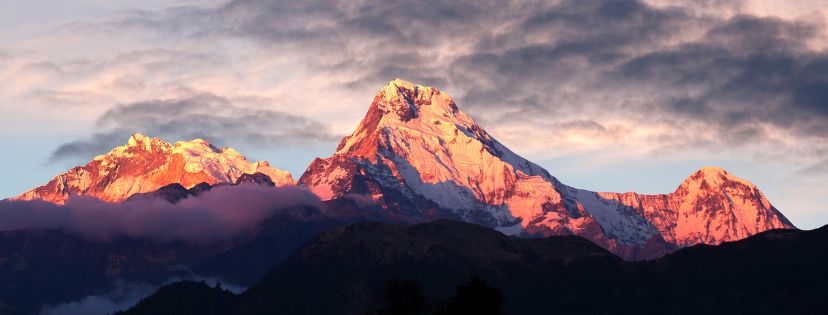
The Flora: A Landscape in Transition
One of the most magical aspects of the Annapurna Circuit in Nepal is how the flora changes with every increase in altitude. At the lower elevations, we were surrounded by dense subtropical forests, with rhododendron trees—Nepal’s national flower. They painted the forest in shades of red, pink, and white, making it feel as though we were walking through a dream.
As we moved higher, the trees became lessor and smaller, and we were then trekking through forests of pine, fir, and spruce.
On the higher altitudes, the landscape shifted once more. Alpine meadows stretched out with moss and grasses covering the ground. The air grew thinner, and so did the vegetation—only the toughest plants survived at these heights. It felt like stepping into another world.
A Glimpse of the Wildlife
I couldn’t help but feel a sense of awe whenever I saw any wildlife. The dense forests and alpine meadows in the Annapurna Circuit region in Nepal is home to creatures like the Himalayan Tahr, Musk Deer, and even the elusive Snow Leopard.

The vibrant Danphe (Himalayan Monal), Nepal’s national bird, reminded me of the region’s rich biodiversity. We were fortunate to have witnessed the Monal on multiple occasions. Even though they are usually hiding in the bushes of dense trees, we could still see them because of their bright colourful feathers. It was as though we saw a smaller yet more beautiful version of a peacock flying in the sky.
These fleeting encounters with wildlife added an extra layer of wonder to the trek and made the journey, oh so memorable!
The Challenge and Triumph of Thorong La Pass
Personally for me, one of the biggest highlights of the trek, without a doubt, was crossing Thorong La Pass. At 5,416 meters, it is the highest point of the Annapurna Circuit and one of the most challenging parts of the journey. I had heard stories of the pass—its majestic views and the grueling climb to the top. To prepare for the altitude, I made sure to take my time, with rest stops, and breathing deeply as I took each step towards the top.
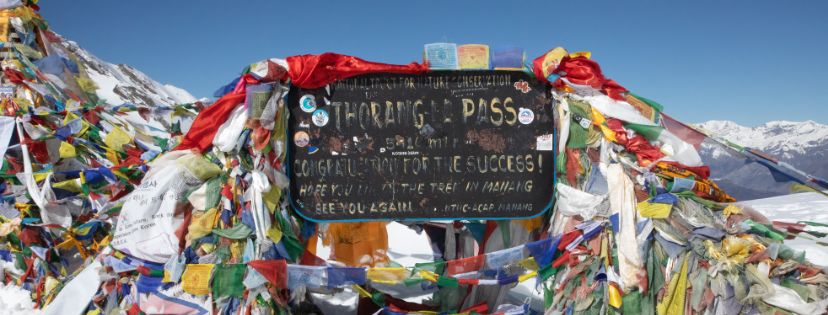
We also had spent 2 nights at Yak Kharka and Phedi to acclimatize before attempting the summit, which made it so much more manageable.
On the morning of the ascent, I woke up before dawn, the cold air biting at my face as I put on my layers and started the climb. The air was thin, and with every step, I had to focus on breathing and pacing myself. As the day went on, the views became more and more incredible. The rugged terrain, the vastness of the landscape, and the snow-clad peaks of Annapurna and Dhaulagiri grew ever more stunning as I neared the top.
Reaching the summit of Thorong La was nothing short of euphoria. It was one of the hardest things I’ve ever done, but standing there, looking out over the vastness of the valleys made every difficult step worthwhile. I felt an overwhelming sense of accomplishment, a quiet pride in having pushed my limits.
Tilicho Lake
Another unforgettable part of the trek was the detour to Tilicho Lake, which lies at an altitude of 4,919 meters. The hike to the lake required an additional 3 to 4 days of trekking, but every moment was worth it. The lake itself, with its stunning turquoise waters, was a beautiful contrast against the barren, rocky surroundings. I remember standing at the edge of the lake, taking it all in—this quiet, serene spot in the midst of such rugged beauty.

Interestingly, Tilicho Lake has no visible water sources, and the water just stays there, creating a perfect mirror of the sky above. It was one of those rare places that made you feel like time had stopped, and for a moment, I forgot about the effort of the trek and simply absorbed the beauty around me.
The Sacred Muktinath Temple
After crossing Thorong La Pass, our team made way to Muktinath, a sacred temple that sits at 3,800 meters. Apparently Muktinath is the highest temple in the world. It holds great significance for both Hindus and Buddhists, and visiting it was a deeply spiritual experience. The temple is a place of pilgrimage, and it was humbling to witness the devotion of those who had traveled from far and wide to pay their respects.
The temple’s courtyard, with its 108 bull-faced spouts gushing water, was especially powerful. The water, known as Mukti Dhara, is considered sacred, and it is believed to offer spiritual liberation. It was a serene and profound moment, standing there in the shadow of the mountains, surrounded by the sounds of flowing water and prayers.
Hospitality on the Annapurna Circuit trek in Nepal : What to expect
One of the aspects of the trek that I will always cherish is the warmth of the local communities. The Gurung and Magar people, who inhabit the regions, are known for their hospitality, and I felt incredibly welcomed every time I stopped at a tea house or interacted with a local family.
The Gurung people, who live on the southern side of the Annapurna Range, are known for their history as Gurkha soldiers. Their culture and traditions are rich, and I learned so much from the locals about their way of life. I was also fortunate enough to meet members of the Magar community, who reside on the northern side of the Dhaulagiri massif. Their food, like the crispy, golden Sel Roti (a rice-flour doughnut fried in ghee), was a delicious treat after a long day of trekking. Kami didi was so kind to have offered plates full of Sel roti for our entire team. While we were savouring on the lovely delicacy, she introduced us to her family and told us many stories about her adventurous life living in the mountains.
Tea House Culture: A Home Away from Home
Staying in the tea houses along the Annapurna Circuit was another highlight of my experience. These humble lodges, often run by local families, offered more than just a place to sleep. They were a glimpse into the daily lives of the people who call this remote region home. The owners welcomed us like family, always ready with a warm meal and a hot cup of tea.
The tea houses are simple but cozy, with their solar-powered kitchens, wooden floors, and hearty meals. I felt safe and cared for at each stop, and the hospitality made me feel like I was a part of their tribe.
My Partner in Adventure: Adventure Pulse
Of course, none of this would have been possible without the support of Adventure Pulse. Their commitment to safety, knowledgeable guides, and their attention to every detail made this trek so much smoother. The guides were so well-versed in the region and they knew the trails and turns like they know their mother. They spoke the local languages and introduced us in literally every single tea house as if we were family. Our team was so well-supported every step of the way. With their help, I was able to focus on enjoying the journey, knowing that I was in capable hands.
All in all, trekking to the Annapurna Circuit in Nepal, was the most humbling and fulfilling experience for me. Despite the fact that so much time has passed, I still feel hungover and cannot wait to experience more. Next stop – Langtang valley in Syabrubesi, yet another untouched gem! Cannot wait to pen down another high altitude experience for you all!
